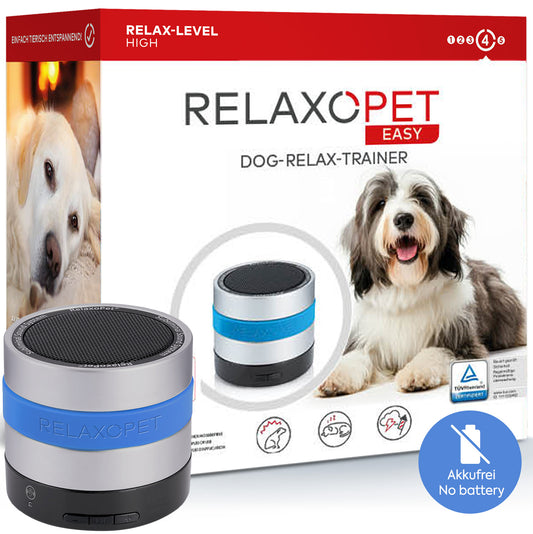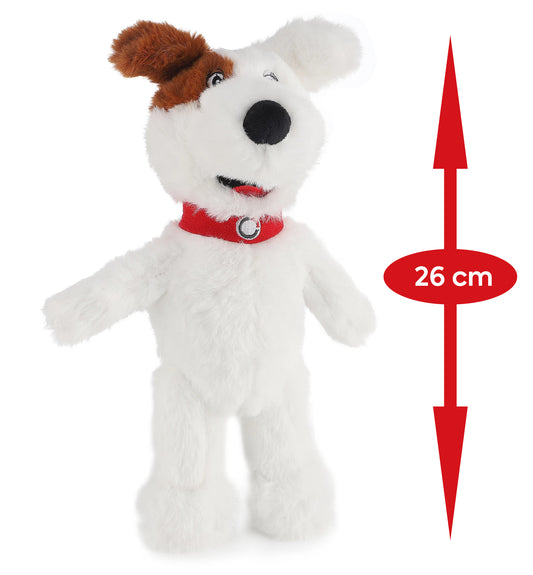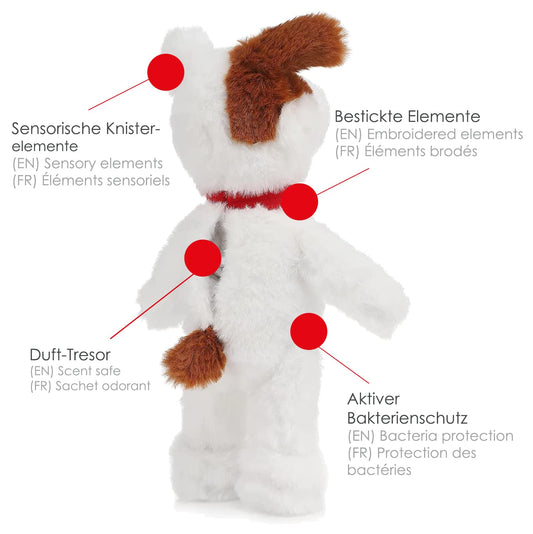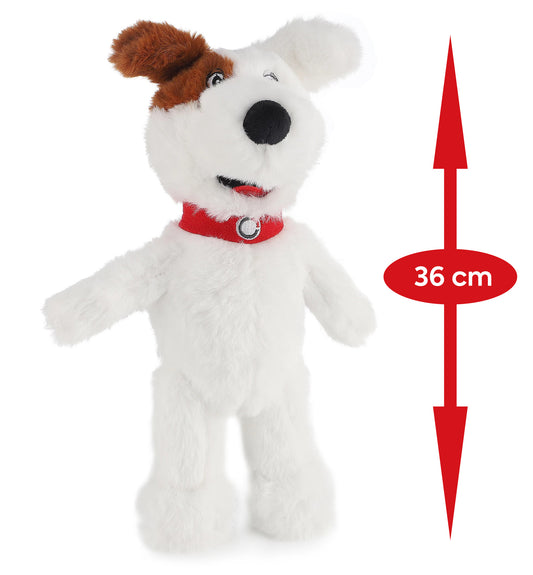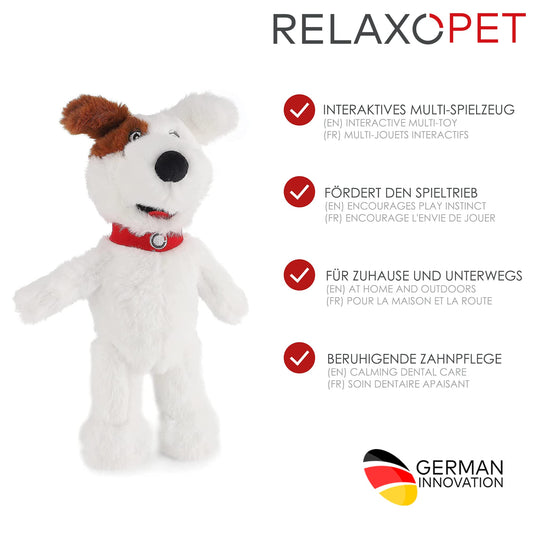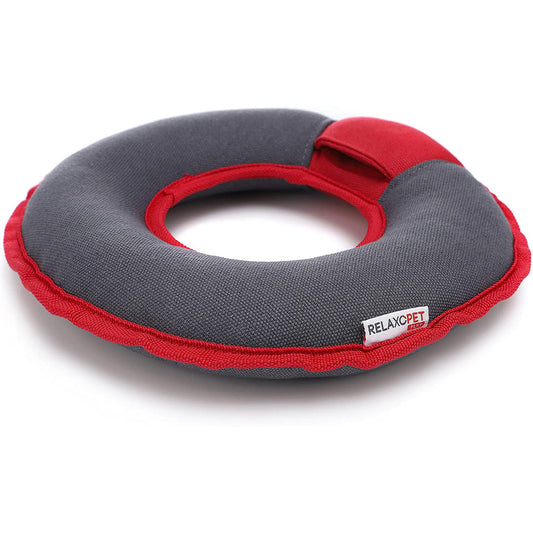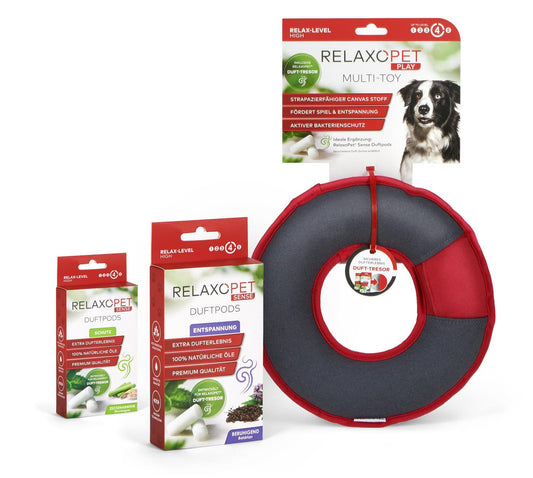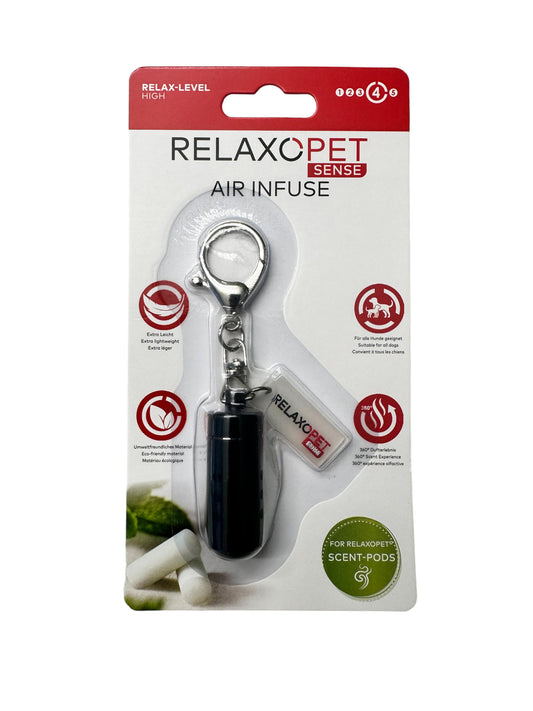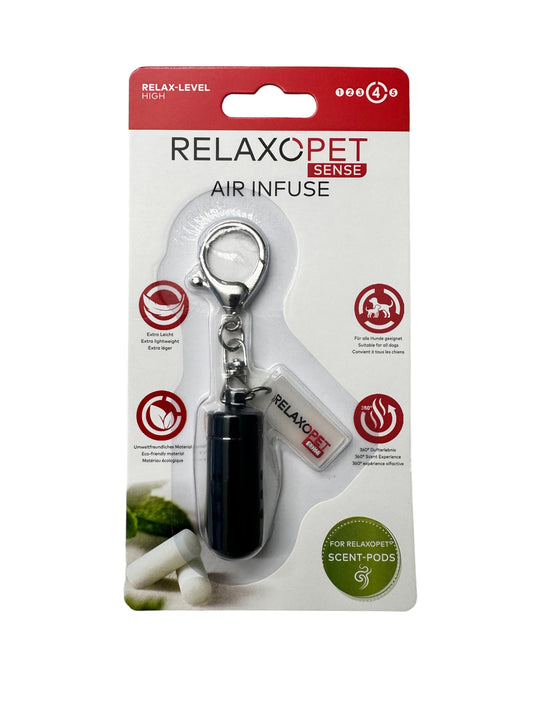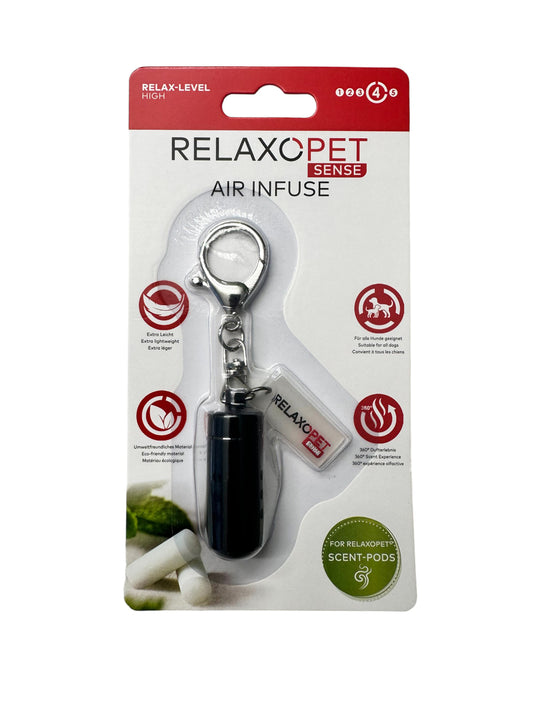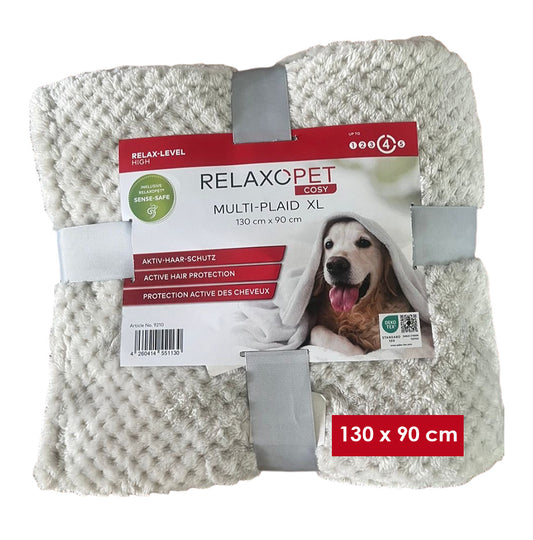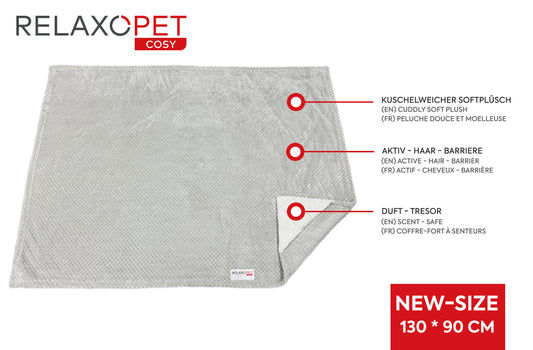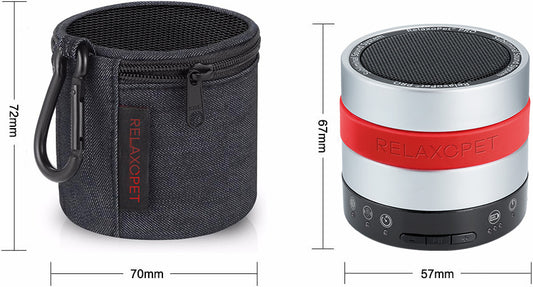
Separation stress in dogs – How your dog learns to stay relaxed alone
Share
Imagine closing the door and suddenly hearing a faint whimpering that turns into a pitiful howl. Your dog, your faithful companion, feels lost—left alone in a room that now seems vast and empty. Separation anxiety is a real problem for many dogs, and a painful topic for us as dog owners. But there is hope, and there are ways to gently and patiently get your dog used to being alone, despite separation anxiety.
In this article, you'll find concrete steps to help your dog overcome this emotional issue. With the right strategy, your dog will learn that being alone isn't a cause for concern, but rather a normal and relaxing routine.
Recognizing signs of separation stress
Before we get into training, it's important to understand that it makes a difference whether your dog simply hasn't learned to stay calm alone yet or whether he's suffering from separation anxiety. The training method will vary depending on the cause.
Common signs of separation stress include:
- Excessive personal hygiene and even self-harm
- Lethargy: A dog that hardly moves during the owner's absence
- Excretion of feces and urine
- vocalizations (barking, yelping, whining)
- Loss of appetite
- Hyperventilation
- salivation
- Vomiting
- Diarrhea
- Increased motor activity: running back and forth for hours, turning in circles, etc.
To know exactly how your dog reacts, we recommend recording him with a dog camera. Afterwards, you can take my free quiz "Does My Dog Have Separation Anxiety?" to find out whether he is suffering from separation anxiety or not.
>> To the quiz: https://vollzeit4beiner.at/quiz-hat-mein-hund-trennungsstress
Training for dogs with separation anxiety
A common piece of advice is to simply "sneak out" and distract the dog with a toy or treat. However, such tips can increase (separation) stress. Instead, training should be individually tailored to the dog, addressing their stress level and body language, and, above all, taking it step by step so that the dog learns: *I am safe and secure when I am alone.*
With slow, gradual training, in which the dog practices being left alone for short periods and gains positive experiences, dog parents can teach their dog to feel safe and relaxed.
But be careful! Before you start leaving your apartment door again and again, you should check whether the foundation for staying alone training is in place.
The basis of stay-alone training for dogs with separation anxiety
- Security, affection and routines
Your dog should be able to feel safe and secure at home, independent of their caregiver. In addition, a dog needs self-confidence and the ability to resolve minor conflicts (e.g., the mailman at the door, the cat at the window) independently – so that the stress level doesn't skyrocket and your dog can then regulate itself and relax.
- Body language
This is a very important point for you as a dog owner. If you can't tell whether your dog is relaxed, stressed, or anxious, you won't be successful, no matter what training plan you choose. Especially with stay-alone training, the dog always determines when he's ready for the next step—and he tells us this with his body language.
- Dog's needs
The same applies to your dog's needs. As dog parents, we must pay attention to our dogs' needs. What does my dog need? What are his actual needs? Is he even ready for training? Meeting his needs before each training session will help us progress much faster in training and reduce setbacks.
- Reduce stress and promote relaxation
A dog that is already very stressed and overwhelmed in everyday life will usually also have difficulty being left alone. Therefore, one of my first training steps with my clients is always to bring the dog's stress level to a healthy level and work with relaxation techniques and stress-reducing tools.
Training for dogs with separation anxiety
Once you've mastered the basics, nothing stands in the way of training. However, contrary to popular belief, you shouldn't start training right at the front door, but rather in the apartment. For a dog with separation anxiety, leaving the front door is usually too big and frightening a step to handle calmly. Therefore, start with short absences from the apartment and always film your dog with the camera to observe possible stress reactions and adjust your training plan accordingly.
“In successful stay-alone training, the dog should not be stressed. ”
Patience and motivation as the key to success
There's no magic formula that will make your dog relax and stay alone overnight. Training requires patience and motivation. Set realistic goals and stay motivated – even if the path sometimes seems challenging.
Remember: Separation anxiety is an emotion and therefore much more difficult to "treat" than a simple behavior. With patience, compassion, affection, and sufficient motivation, your dog will soon be able to relax and stay alone.
About Kerstin Quast from Vollzeit4Beiner
Kerstin Quast is a certified animal welfare dog trainer and dog owner coach and lives with her two Labradors, Flummi & Ruby, in beautiful Upper Austria. With her online dog training program, Vollzeit4Beiner, Kerstin specializes in separation anxiety in dogs and office dogs. With her supervised group program, Happy @Home, over 150 human-dog teams have already been able to relieve their dogs of separation anxiety.
Contact:
Website: https://vollzeit4beiner.at/
Instagram: https://www.instagram.com/vollzeit4beiner/
0€ Webinar "5 Mistakes That Sabotage Your Stay-Alone Training": https://vollzeit4beiner.at/training
Podcast: https://vollzeit4beiner.at/wau-der-hunde-podcast



